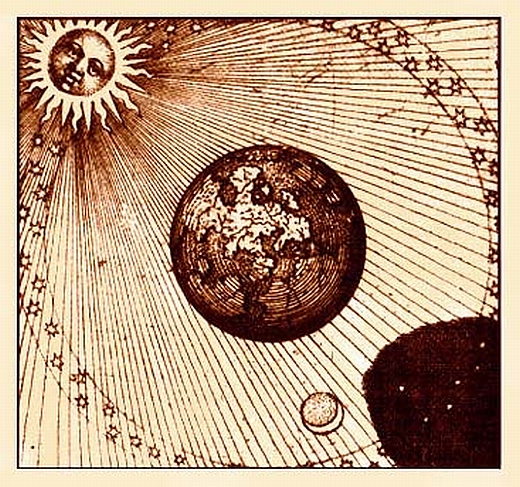
Jeder Archetypus ist unendlicher Entwicklung und Differenzierung fähig. Es ist daher möglich, daß er mehr oder weniger entwickelt ist. In einer äußerlichen Religionsform, wo aller Nachdruck auf der äußeren Figur liegt (wo es sich also um eine mehr oder weniger vollständige Projektion handelt), ist der Archetypus identisch mit äußeren Vorstellungen, bleibt aber als seelischer Faktor unbewußt. Wenn ein unbewußter Inhalt durch ein Projektionsbild dermaßen ersetzt ist, so wird er vom Mitleben im und Einflußnehmen auf das Bewußtsein ausgeschlossen. Damit büßt er sein Leben weitgehend ein, weil er an der ihm natürlichen Gestaltung des Bewußtseins verhindert ist; ja mehr noch: er verbleibt unverändert in seiner ursprünglichen Form, denn im Unbewußten verändert sich nichts.
Each archetype is capable of endless development and differentiation. It is therefore possible for it to be either more or less developed. In an outward form of religion where all the emphasis is placed on the superficial figure (that is, where we are dealing with a more or less complete projection) the archetype is identical with externalized ideas but remains unconscious as a psychic factor. When an unconscious content is replaced by a projected image to that extent, it is cut off from all participation in an influence on the conscious mind. Hence it largely forfeits its own life, because it is prevented from exerting a formative influence on the consciousness which is natural to it; what is more, it remains in its original form — unchanged, for nothing changes in the unconscious.
—Carl Gustav Jung, Psychologie und Alchemie (1935-36) in: Gesammelte Werke, vol. 12, p. 25 (1972)(S.H. transl.)


